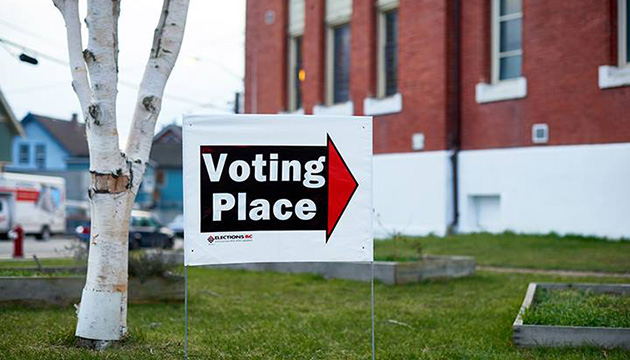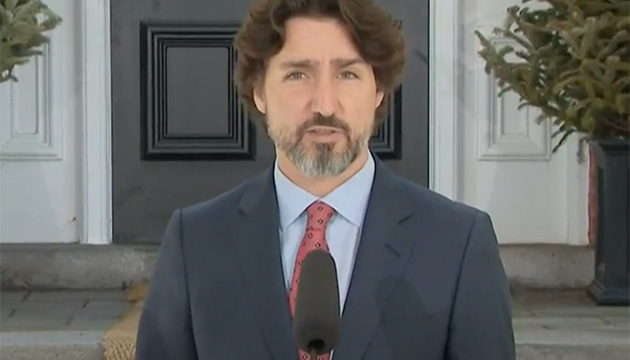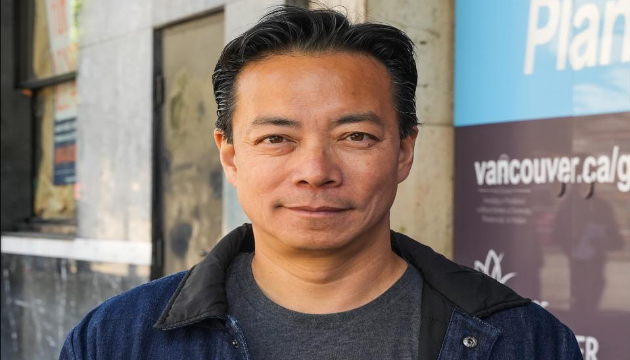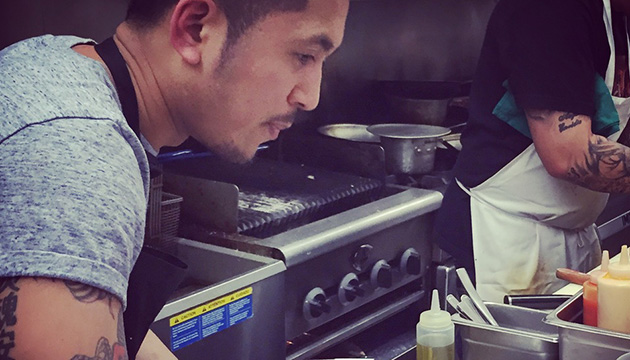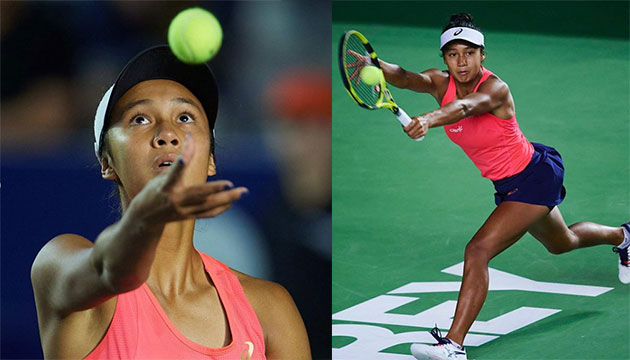This fall, British Columbians will decide in a referendum what kind of voting system they want in the province.
It’s a choice of either keeping the current first-past-the-post system or adopting a new model called proportional representation.
In the present first-past-the-post system, the candidate with the most number of votes wins.
The term ‘proportional representation’ refers to a family of voting systems designed to produce a link between the share of votes a political party receives and the share of seats it gets in a legislative body.
The referendum will be conducted by mail-in ballot.
The campaign began on July 1, and the voting period runs from October 22 to November 30.
In the referendum, B.C. voters will be asked if they want to change the first-past-the-post system to one based on proportional representation.
If voters respond ‘yes’, then they will be asked which system they prefer:
- * Dual Member Proportional or DMP. A B.C. government report on voting systems describes how this works: Political parties nominate up to two candidates per electoral district who appear on the ballot in an order determined by the party. Voters cast a single vote for the pair of candidates of the political party of their choice. Seats are won in two ways: The first seats are won by the first candidates of the party that receives the most votes in each electoral district, similar to the first-past-the-post method. The second seats are allocated based on province-wide voting results and the individual district results.
- Mixed Member Proportional or MMP. The B.C. government report explained: MMP combines single-member electoral districts elected under the first-past-the-post model with seats allocated on a regional or provincial level. The overall share of seats each party holds in the Legislative Assembly is determined by the party’s share of the province-wide vote it receives.
- Rural-Urban Proportional. The provincial government report described this as: Rural-Urban PR consists of multi-member districts with seats filled using the Single Transferable Vote (STV) in urban and semi-urban areas and MMP in the most rural areas. In the MMP regions, a small number of seats are filled proportionally on a regional basis in order to provide some proportionality for these regions.[Editor‘s note: The Single Transferable Vote is a voting system in which multiple MLAs are elected in each electoral district and voters rank the candidates according to their preferences.]
Elections B.C. has chosen Vote PR B.C. as proponent of the proportional representation system, and the No B.C. Proportional Representation Society as opponent of the change.
On its website, Vote PR B.C. noted that the present first-past-post system is a winner-takes-all model that doesn’t consider the wishes of the majority of voters.
“Through proportional voting there will be no more elections where a party supported by a minority of voters can wield total power over the majority,” the group explained. “Instead, if a party’s candidates get 40 per cent of the vote, they’ll win 40 per cent of the seats. That’s it. Simple and fair.”
For its part, the No B.C. Proportional Representation Society argues that proportional representation systems “give rise to frequent coalition governments which are more likely to lead to legislative gridlock” than governments formed from a first-past-the-post system.
“PR electoral systems lead to a destabilizing fragmentation of the party system. Extreme pluralism can lead to the creation up to dozens of tiny parties which can then hold larger parties to ransom in coalition governments. This has happened before in Israel and Italy,” according to the group.
People can vote in the referendum if they are Canadian citizens, 18 years or older as of November 30, 2018, and a resident of B.C. for at least six months immediately before November 30, 2018.
British Columbians have voted twice on proportional representation, in 2005 and 2009. Votes cast for a system called single transferable vote failed to meet the success threshold.


